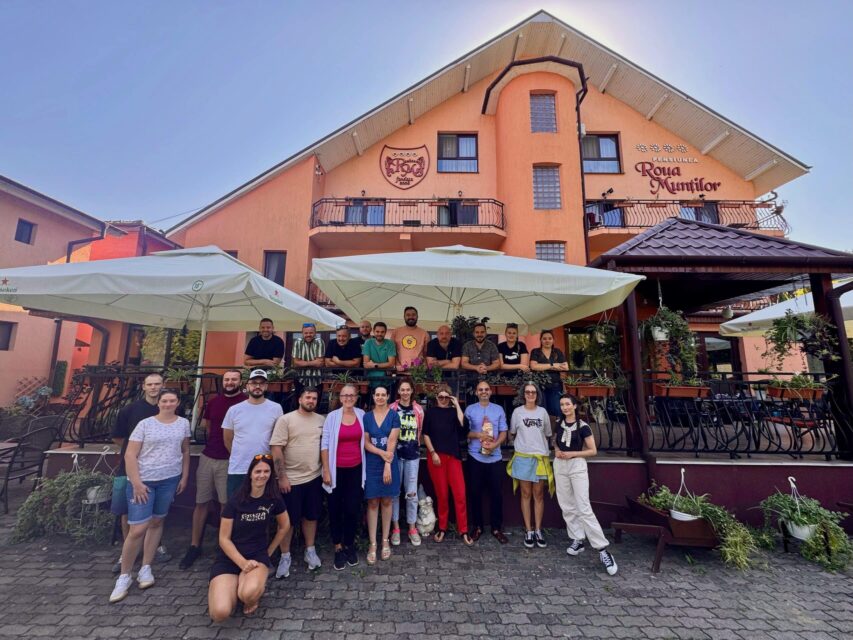What Creativity Is & How to Boost It
I always admire people with creative ideas. You know, those individuals who come up with brilliant concepts that no one else would have thought of.Like me, you’ve probably imagined at some point that there are two types of people: creative and non-creative. Many people believe this because they doubt their own creativity. In reality, everyone has the potential to be creative.
What is creativity? Many of us tend to associate creativity with art, with the expression of extraordinarily original ideas through drawing, painting, or even music.
As a graphic designer, I have seen many job announcements with the phrase, “Be part of a creative team!” Let me tell you something—this creative team is much bigger than you think!
From my perspective, creativity can be present anywhere—in a line of code, or even in a portion of French fries with eggs and cream. Creativity is the ability to mix existing ideas into new combinations to solve a problem using the resources we have.
It depends on our personality and mindset, but anyone can be creative. According to Harvard Business School professor Teresa Amabile, creativity consists of expertise, creative thinking, and motivation.Let’s take a closer look at each element.
1. Expertise:
This includes technical, procedural, and intellectual knowledge. The broader the expertise, the larger the mental space a person has to explore and solve problems.
What can you do to increase your expertise? Strive to excel in the field you are currently working in or the area you want to work in.
For example, if you’re a copywriter looking to improve, write as much as possible. Even if your writing isn’t initially successful, ask for feedback, refine your work, and repeat!
Find different contexts to sharpen your skills!
2. Creative thinking skills:
These skills, shaped by each individual’s personality, determine how flexibly and imaginatively problems can be approached.
Creative thinking isn’t an innate talent we’re born with—it’s a skill that can be developed.
How can you improve it? Reading stimulates the brain, so read! It inspires and enhances creative thinking. Try new activities, meet new people, spend time in nature, and travel! These experiences encourage new ideas and provide fresh perspectives. Relaxing your mind has more benefits than you might imagine, so do what you enjoy!
3. Motivation:
Expertise and creative thinking skills provide the foundation for creativity, but motivation drives your actions.
Motivation comes in two forms:
Extrinsic:
This type of motivation comes from external factors, such as earning a reward or avoiding punishment. While it doesn’t necessarily prevent creativity, it often doesn’t stimulate it either, as external pressure can create a feeling of control and constraint.
Intrinsic:
This type of motivation comes from within—a person’s genuine interest or deep love for specific challenges.
When are we most creative? When we’re under pressure and control, or when we’re doing something we love? Bingo! We’re most creative when we’re intrinsically motivated. In other words, when the work itself inspires and excites us.
One way to tap into your intrinsic motivation is to recall memories of success and the sense of accomplishment that comes with achieving your goals. We’re often happiest when solving problems, visualizing outcomes, and measuring progress. Doing this can enhance and sustain your motivation and inspiration! Lastly, always set specific, measurable goals.
Now that you know the secret recipe for creativity, stop doubting yourself. Get to work!
There’s still room on the creative team—we’re hiring!

